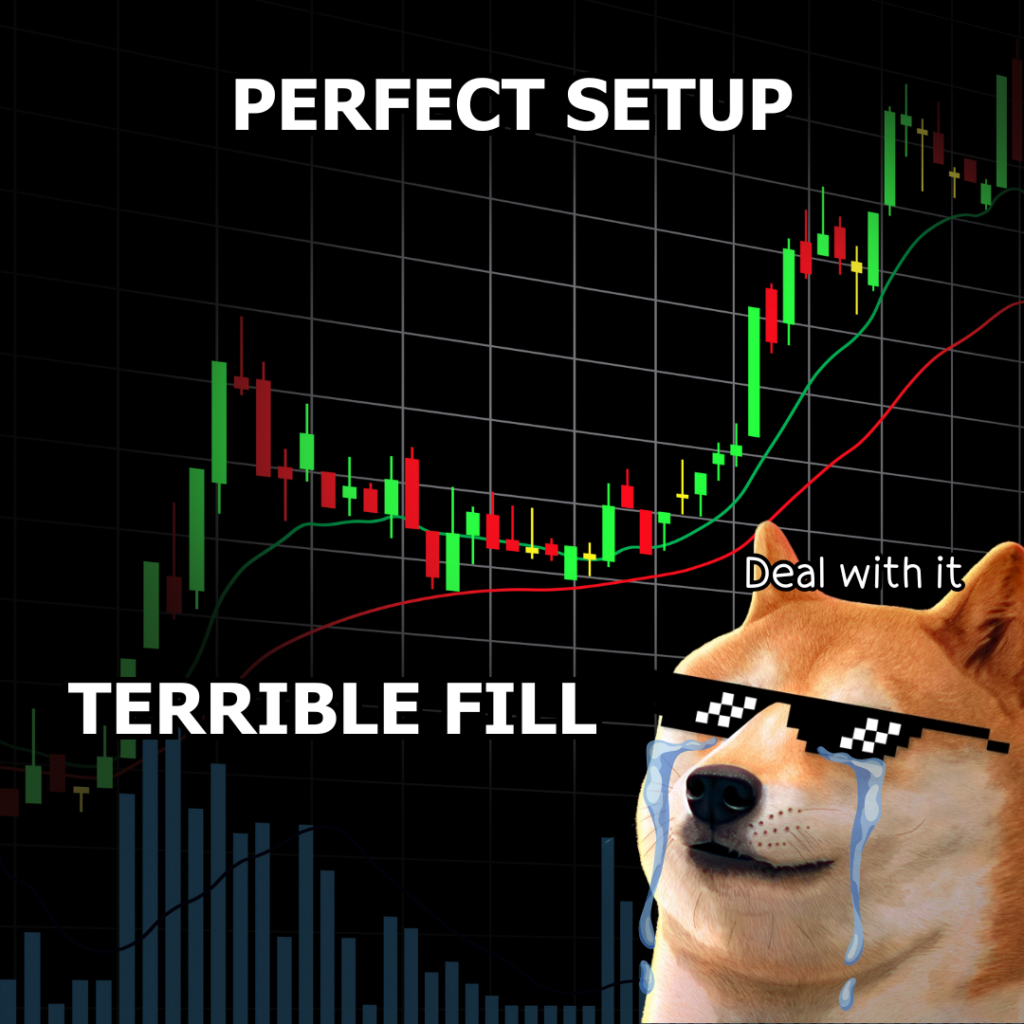
Liquidity refers to how quickly and efficiently you can buy or sell an asset without causing a major price shift. Think of it as the number of active buyers and sellers in the market. More players = more fluid price action = smoother trade execution.
When liquidity is high, your trades are filled quickly and close to the expected price. When it’s low? You might encounter slippage: where your order is filled at a worse price than what you saw on the screen. That difference might seem small, but over time, it adds up.

At VT Markets, we partner with top-tier liquidity providers to ensure your trades are matched quickly and at the best possible price. Whether you’re scalping in the majors or exploring market opens, our deep liquidity pool works to reduce slippage. Read more about how our liquidity infrastructure works here.
How Liquidity Affects Execution & Slippage
Let’s say you place a market order to buy EUR/USD during peak hours. The spread is tight, and your order fills instantly — great!
Now try placing that same order at 3 a.m. Sydney time, or during a major news announcement. Suddenly, the spread widens, the price moves before your order is filled, and you’re left with a less-than-ideal entry. That’s slippage in action.
The result? Even a well-timed strategy can be undermined by poor liquidity conditions.

Liquidity Isn’t Static
Different asset classes behave differently when it comes to liquidity. Forex generally offers the most consistent depth, particularly during peak global sessions. Pairs like EUR/USD or GBP/USD tend to have the tightest spreads, while exotic pairs can be more volatile and illiquid.
Stocks show strong liquidity during market opens and closes but can dry up in the middle of the day or around earnings releases. Meanwhile, cryptocurrencies often have unpredictable liquidity patterns, especially over weekends or in lower-cap tokens.
Understanding when your chosen market is most active can significantly improve your trade execution.
How Traders Can Navigate Liquidity Fluctuations
For traders, the key is learning how to operate within the ebb and flow of market volume. Trading during high-liquidity periods—such as overlapping sessions for forex or earnings season for equities—helps ensure your orders are executed efficiently. Setting limit orders, rather than market orders, gives you more control over price, especially during volatile events.
Our MT4 and MT5 platforms offer built-in tools to monitor spreads and market depth, allowing you to plan entries and exits with precision. Verified accounts also gain access to advanced order types, faster execution speeds, and greater pricing transparency—critical features for those serious about performance.
Explore the full benefits of our liquidity offering here.
Liquidity = Flexibility?
A strategy that looks great in theory can fall apart without smooth execution.
The market doesn’t just reward timing. It rewards planning including when, how, and where you enter based on liquidity.
So if you want your edge to stick? Start thinking beyond the setup — and into the flow.









